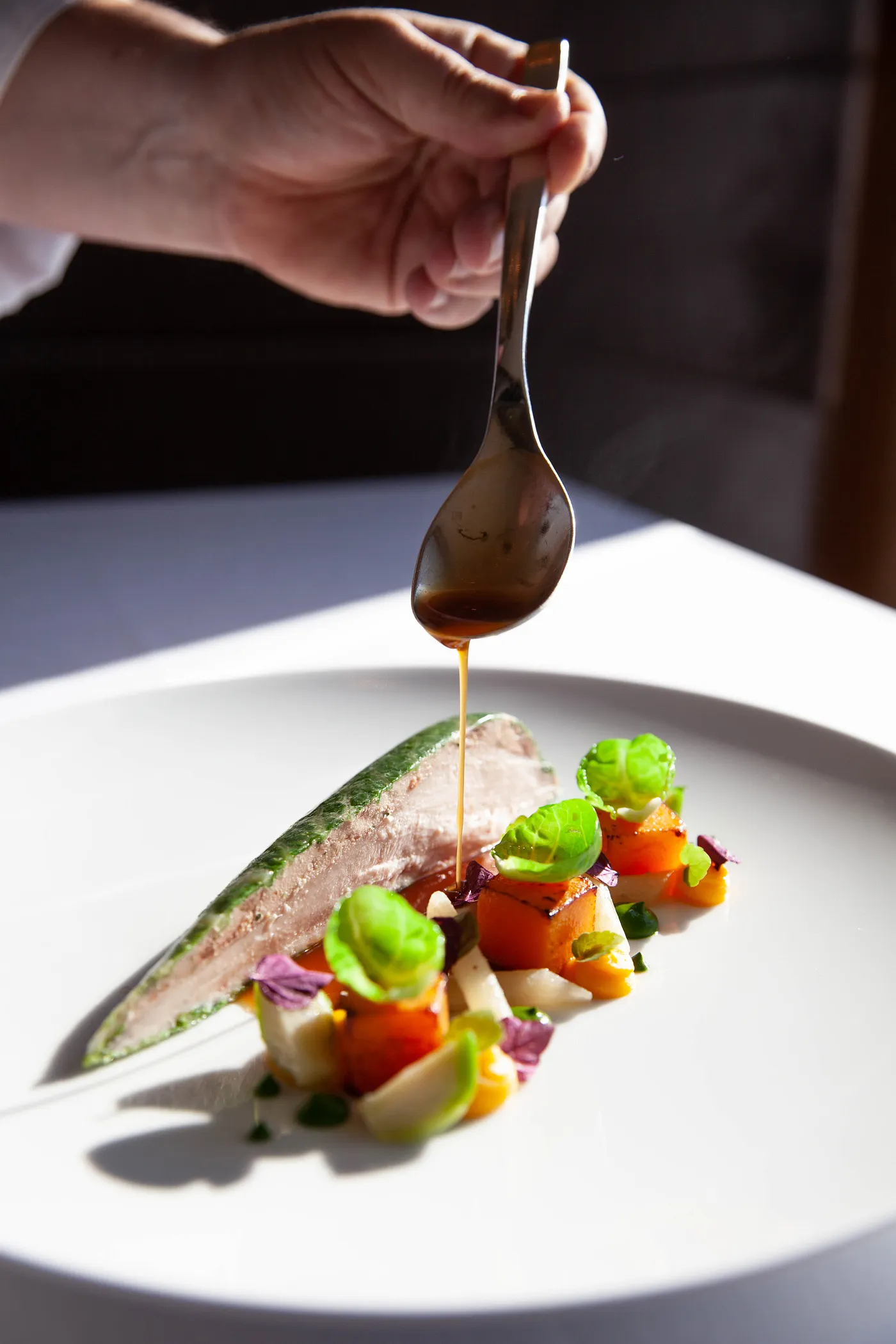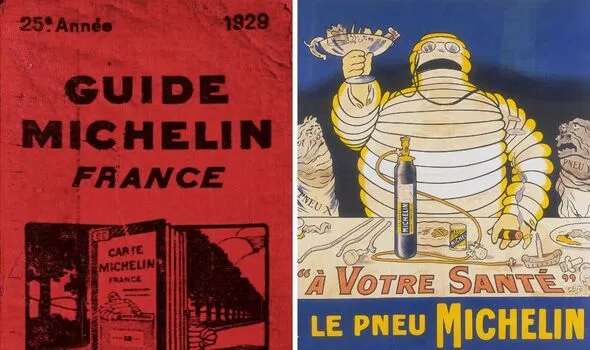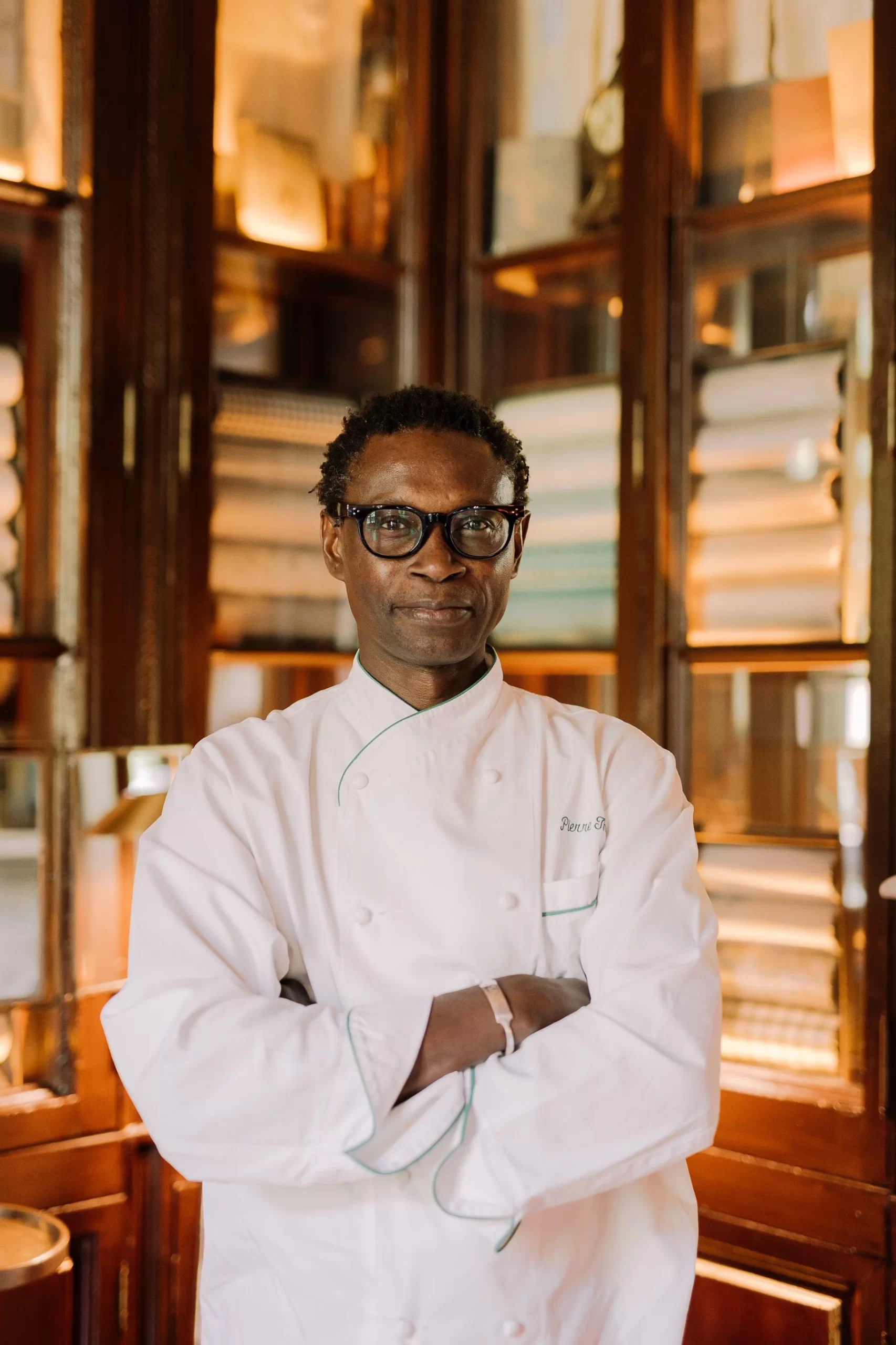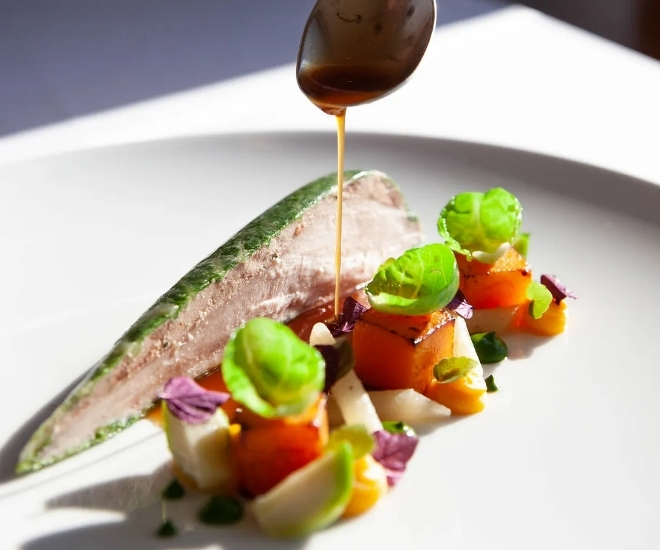 Chef making a Michelin Star rated meal
Chef making a Michelin Star rated meal
How the Michelin Star System Began
In order to tell the story of the the Michelin Star you have to understand how it was created. The Michelin Star System was created in 1926 by the Michelin Tire Company and as a way to encourage motorists to travel longer distances to visit restaurants. The system was originally based on the quality of the food, but it was also influenced by the quality of the service and the atmosphere of the restaurant.

The Michelin Star System and Racism
From its inception, the Michelin Star System has been biased towards French cuisine and white chefs. In the early years of the system, it was very difficult for non-French restaurants and chefs to earn stars. This bias was due in part to the fact that the Michelin Company was French, and the inspectors who awarded the stars were mostly French as well.
The Michelin Star System was created in a time when racism was widespread and institutionalized in France and around the world. As a result, the system was from the start biased towards white chefs and cuisines.
This bias was evident in the early Michelin guides, which were full of racist stereotypes and generalizations about non-white cultures and cuisines. For example, the 1931 Michelin guide for Japan described Japanese cuisine as “bizarre” and “unappetizing.”
The Michelin Star System also discriminated against non-white chefs in more concrete ways. For example, non-white chefs were often denied access to the same resources and training as white chefs. They were also more likely to be inspected by less experienced inspectors.
As a result of this discrimination, very few non-white chefs earned Michelin stars in the early years of the system. In fact, it was not until 2022 that the first Black chef, Gerald Sombright, earned the first Michelin Star in America.
 Chef Gerald Sombright: the first Black chef to ever receive a Michelin Star in America.
Chef Gerald Sombright: the first Black chef to ever receive a Michelin Star in America.
In recent years, the Michelin Star System has made some efforts to become more diverse, but it remains predominantly white and European. In 2020, only 2% of Michelin-starred restaurants in the world were owned by Black chefs.
Some African/Black American Chefs Who Have Earned Michelin Stars
Despite the bias against African/Black American chefs, some have managed to earn Michelin stars. Some of these chefs include:
Pierre Thiam: Senegalese chef who owns the restaurant Teranga in New York City.
 Chef Pierre Thiam
Chef Pierre Thiam
Kwame Onwuachi: Nigerian-American chef who owns the restaurant Kith & Kin in Washington, D.C.
 Chef Kwame Onwuachi
Chef Kwame Onwuachi
Marcus Samuelsson: Ethiopian-Swedish Top chef who owns the restaurant Red Rooster in New York City.
 Chef Marcus Samuelsson
Chef Marcus Samuelsson
Vikas Khanna: Indian-American chef who is head chef of the restaurant Junoon in New York City.
 Chef Vikas Khanna
Chef Vikas Khanna
African/Black American Chefs Who Have Criticized the Michelin Star System
A number of African/Black American chefs have criticized the Michelin Star System for its racism. Some of these chefs include:
James Beard Award-winning chef Kwame Onwuachi: “The Michelin Guide is a relic of colonialism. It’s a system that was created to promote French cuisine, and it’s still biased against non-white chefs and cuisines.”
Chef and food writer Tunde Wey: “The Michelin Guide is a white supremacist institution. It’s a system that upholds white supremacy by privileging white chefs and cuisines.”
Actor Will Poulter and the Michelin Star System
In 2021, actor Will Poulter spoke out against the Michelin Star System for its lack of diversity. Poulter said that he was “disappointed” by the fact that there were so few Michelin-starred restaurants owned by Black chefs. He also said that he would “not be supporting” the Michelin Star System until it became more diverse. This video went viral on both X and TikTok in the summer of 2023, respectively.
What Can Be Done to Make the Michelin Star System Better?
There are a number of things that can be done to make the Michelin Star System more inclusive and less racist. These include:
Hiring more diverse inspectors.
Developing new criteria for awarding stars that are not biased towards French cuisine.
Being more transparent about how stars are awarded.
Promoting non-white chefs and cuisines.
Working with restaurant owners to create a more inclusive and welcoming environment for all diners.
By taking these steps, the Michelin Star System can help to create a more diverse and equitable culinary landscape.
Conclusion
The Michelin Star System is one of the most prestigious awards in the culinary world, but it has also been criticized for its racism. In recent years, the Michelin Star System has made some efforts to become more diverse, but it remains predominantly white and European. There are a number of things that can be done to make the Michelin Star System more inclusive and less racist, such as hiring more diverse inspectors, developing new criteria for awarding stars, and being more transparent about how stars are awarded. By taking these steps, the Michelin Star System can help to create a more diverse and equitable culinary landscape.
This article was first seen on MEDIUM
For more on the latest in business reads, click here.


Dining and Cooking